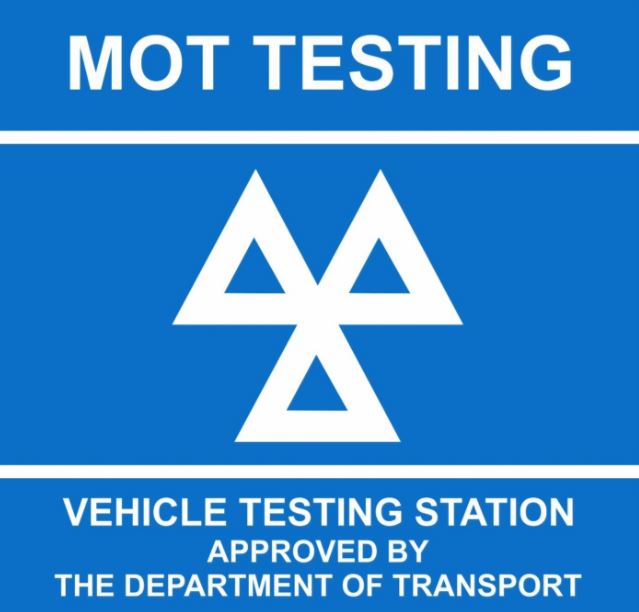How the MOT rules have changed
The new rules could mean your car gets stuck at the garage if it's found to have a 'dangerous' fault, as you won't be allowed to drive it away – you'll have to get it repaired at the garage or towed elsewhere. (This could happen under the previous rules if a car was deemed 'not roadworthy', but the new rules have brought in specific checks which can take your car off the road.)
Here's a round-up of what's changed:
- New defect categories – if you get a 'dangerous' fault you won't be able to drive away. Problems are now be categorised as 'minor', 'major' or 'dangerous' – previously you simply passed or failed.
Your car will still pass if a minor fault's found, though repairs should be made as soon as possible. A major fault means a fail but you'll be able to drive your car to another garage to get it fixed, if it can't be repaired where it's been tested. If you get a 'dangerous' fault though, you won't be able to drive it away – you'll have to get it fixed on the spot or towed elsewhere.
It's worth noting you've always been forbidden from driving your car away from an MOT if it fails to meet a minimum standard of roadworthiness, so this isn't a complete change. But there are some possible 'dangerous' fails under the new rules which weren't tested for previously, such as if you have contaminated brake fluid or the floor's dangerously "deteriorated or insecure".
There's no easy-to-use list showing the new defect categories unfortunately, but you can check how individual faults are categorised in the MOT inspection manual.
- Stricter rules for diesel cars. Stricter emissions limits for diesel cars with diesel particulate filters (DPFs) now apply – check your car's handbook to find out if it has one. Your car will get a major fault if the MOT test finds there's smoke coming from the exhaust or any evidence that the DPF's been tampered with.
- New checks as part of the test. These include whether the tyres are obviously underinflated, if the brake fluid is contaminated, if there are any fluid leaks that pose an environmental risk, brake-pad warning lights, if brake pads or discs are missing, engine malfunction indicator lamps, and if cars have reverse lights and headlight washers, if 'first used' from 1 September 2009 (the 'first used date' relates in most cases to when a vehicle's first driven out of the factory).
A few elements of the previous test which resulted in a fail have been reclassified as minor faults, such as the brake fluid level being below the minimum mark. See a full list of changes here.
- New-look MOT certificate. The MOT certificate now lists any defects found under the new categories – ie, as dangerous, major or minor faults. The Government service that allows you to check MOT history will also be updated to include them.
- Some cars over 40 years old won't need an MOT. If your car's over 40 years old – ie, was first registered on or before 20 May 1978 (you can check this online with the DVLA) – it no longer needs an MOT as long as it hasn't been modified substantially.
For full details of the changes, go to Gov.uk.

